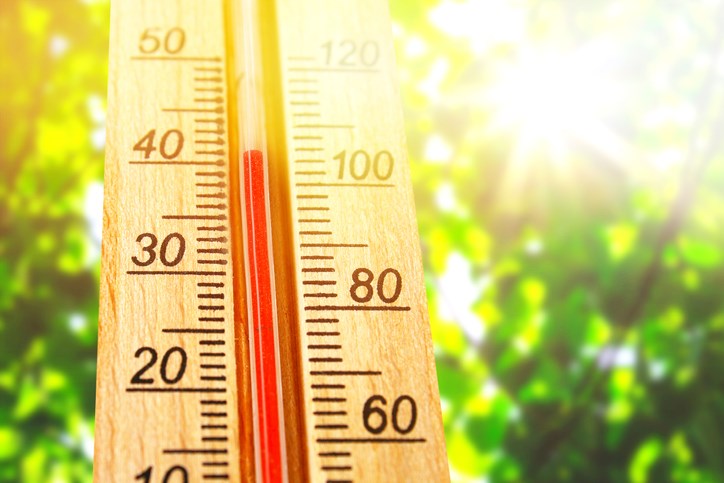When summer heat finally hits the prairies, everyone heads for the great outdoors. Camping, picnics and sitting on the deck are wonderful activities to pass time in the summer heat.
However, one of the hidden dangers we often don’t think about during midsummer is heat stroke. It can come on suddenly with little to no warning. So, what can you do to prevent heat stroke and enjoy the entire summer without a trip to the emergency room?
Knowing the signs of heat stroke can save your life. The first signs to watch out for are redness to the skin but not a lot of sweating with a high body temperature.
Your body has already reached a state that it no longer can sweat. Racing heartbeat and rapid breathing, nausea and vomiting, headache, confusion, dizziness and even seizures could accompany heat stroke. When the body is in this state, the internal organs are beginning to swell and you must seek medical attention immediately. Untreated, it can lead to death.
If you think someone is having heat stroke, get them out of the heat. If they can walk, take them into an air-conditioned room or (the bare minimum) to the shade. Remove excess clothing, if possible. Cool the person off with ice packs or cold compresses, in a bath or shower. Ice packs on the neck, armpits and groin area can help to cool the blood. Call 911 for assistance. If the patient cannot walk, call 911 immediately.
Keeping the summer fun is down to a small ounce of prevention. Wear a wide brimmed hat and loose fitting clothing. Apply a broad spectrum sunscreen of SPF 15 or higher every two hours.
Hydration, hydration, hydration! Drink plenty of fluids when exerting yourself in the heat. More is better in this case. If you can avoid being outdoors from 11 am until 3 pm, you may find the day more comfortable and less likely to get heat stroke.
Keep in mind, heat stroke is from heat not the sun. Even if you're indoors, there is a chance of heat stroke if you are exerting yourself in a hot kitchen or in a space with no air circulation. Never leave children and pets in a parked vehicle as the temperature can rise more than 11°C in 10 minutes. Avoid alcohol. And finally, watch for any medications that leave you dehydrated.
Flushed (red) dry skin, rapid breathing and high body temperature are easily avoided this summer with just a small amount of common sense.
Stroke heat stroke from your summer to-do list and have a fun-filled summer!




